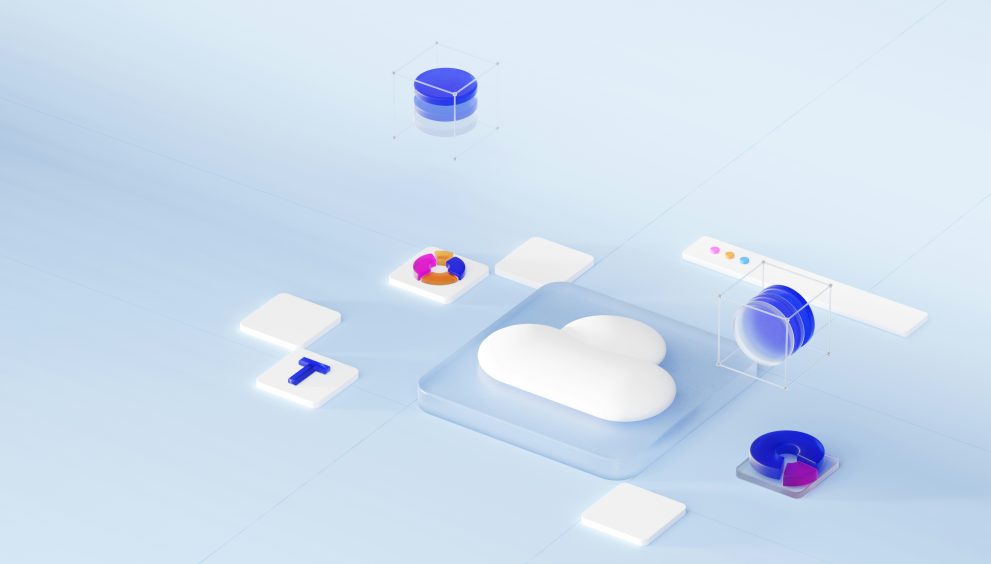Cloud Computing with Innovative Solutions

Cloud computing continues to evolve, offering transformative opportunities and challenges across industries. Here’s an overview of what the future holds for cloud computing:
- Emergence of Multi-Cloud and Hybrid Cloud Models
- Multi-Cloud Adoption: Organizations increasingly use multiple cloud providers to avoid vendor lock-in, optimize costs, and enhance resilience.
- Hybrid Cloud Growth: Combining on-premises data centres with public and private cloud platforms ensures better flexibility and control, especially for industries with regulatory concerns.
- Advances in Edge Computing
- Decentralization: Edge computing brings computation and data storage closer to where data is generated, reducing latency.
- Integration with IoT: As IoT devices proliferate, edge computing becomes critical for real-time analytics and processing.
- AI and Machine Learning Integration
- AI-as-a-Service: Cloud platforms increasingly offer AI and ML tools that democratize access to advanced analytics.
- Enhanced Automation: AI improves cloud management, optimizing resource allocation and predicting system failures.
- Focus on Security and Compliance
- Zero-Trust Models: Enhanced security frameworks ensure strict access control and continuous verification.
- Regulatory Adherence: As data protection laws tighten, cloud providers focus on compliance with standards like GDPR, CCPA, and others.
- Quantum Computing on the Cloud
- Quantum-as-a-Service: Major cloud providers like AWS, Google Cloud, and Microsoft Azure invest in quantum computing platforms.
- Potential Use Cases: Breakthroughs in cryptography, materials science, and complex simulations could redefine industries.
- Sustainability and Green Cloud Initiatives
- Energy Efficiency: Providers aim to reduce energy consumption through innovations in data center cooling and renewable energy use.
- Carbon-Neutral Goals: Many companies target net-zero carbon emissions, influencing the design and operation of cloud infrastructure.
- Serverless Computing Expansion
- On-Demand Scaling: Serverless architectures minimize the need for provisioning and managing servers, allowing for cost-efficient scaling.
- Developer Focus: Developers can concentrate on application logic without worrying about infrastructure management.
- 5G and Cloud Convergence
- Enhanced Connectivity: 5G networks significantly boost data transfer rates, complementing cloud applications like AR/VR, gaming, and smart cities.
- Real-Time Applications: Low-latency 5G networks expand possibilities for real-time processing at the edge.
- Cloud-Native Development Practices
- Containerization: Tools like Kubernetes drive micro services-based architectures, enabling scalable and resilient applications.
- DevOps and DevSecOps: Automation in development and security practices fosters faster and safer deployments.
- Personalized and Niche Cloud Services
- Industry-Specific Clouds: Tailored solutions cater to healthcare, finance, manufacturing, and other sectors.
- Customizable Solutions: Providers offer modular services that can be adapted to specific business needs.











